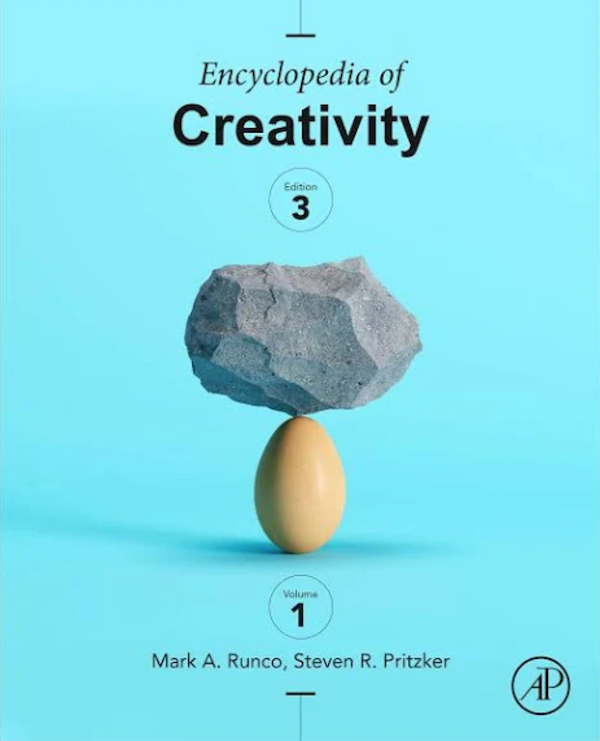Handbook of Creativity Assessment (2024), Creativity Textbook (3rd Ed., 2023) & Encyclopedia of Creativity, 3rd Ed.
/Creativity influences each of our lives and is essential for the advancement of society. The first edition of the successful Encyclopedia of Creativity helped establish the study of creativity as a field of research in itself. The second edition, published in 2011, was named a 2012 Outstanding Academic Title by the American Library Association’s Choice publication.
Featuring 232 chapters, across 2 volumes, the third edition of this important work provides updated information on the full range of creativity research. There has been an enormous increase in research on the topic throughout the world in many different disciplines. Some areas covered in this edition include the arts and humanities, business, education, mental and physical health, neuroscience, psychology, the creative process and technology.
Fundamental subjects are discussed such as the definition of creativity, the development and expression of creativity across the lifespan, the environmental conditions that encourage or discourage creativity, the relationship of creativity to mental health, intelligence and learning styles, and the process of being creative. Creativity is discussed within specific disciplines including acting, architecture, art, dance, film, government, interior design, magic, mathematics, medicine, photography, science, sports, tourism and writing.














